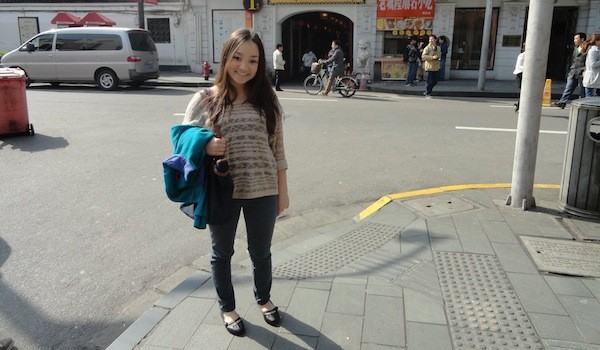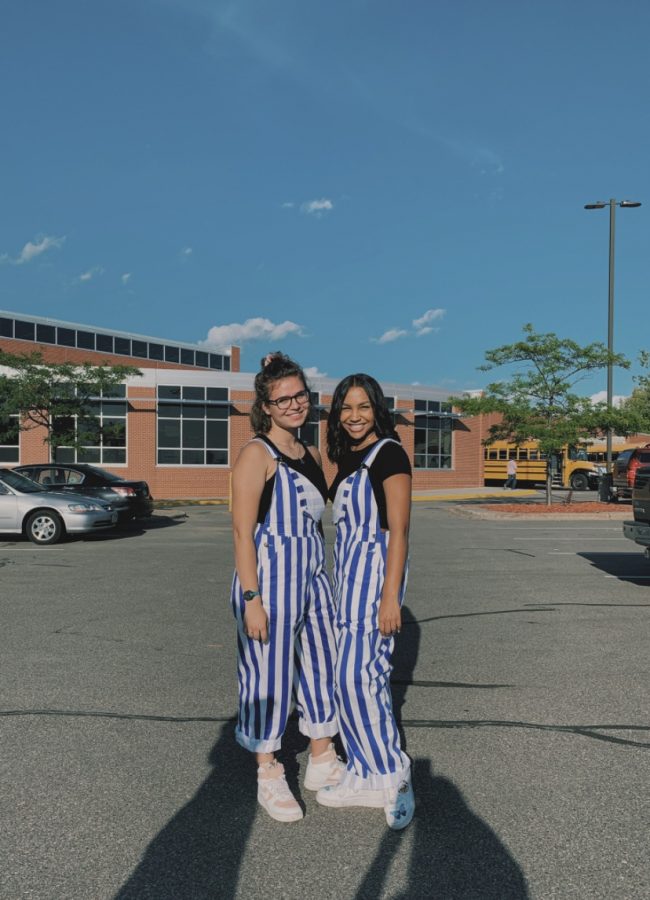I have shared a bedroom with my younger sister since we were toddlers in a queen-size bed, a ridge of stuffed animals crammed between us.
I spent my childhood convinced that my family would someday move into a bigger house, one where I, like everybody else, would have a room all to myself. The room I shared with my sister was temporary, a placeholder for my future room—my writer’s room. For years, I pored over Pottery Barn Kids catalogues with a pen, circling the chic bedding and asymmetrical shelving and old-fashioned dial phones that would fill my sophisticated writer’s studio.
Despite my wishes, however, my family hasn’t budged from our small split-level. And last fall I bitterly acknowledged that 3812 Oak Road will forever remain my childhood address and that the space I share with my sister has established itself as my childhood bedroom.
I was horrified to realize that my room was nothing more than naked walls and cluttered surfaces. While everybody else had been toggling the feng shui of their beanbag chairs and American Girl dolls’ habitats, I’d been selecting IKEA desk lamps for a room that wasn’t mine. Now I was stuck with this temporary, boring, unembellished space— and it was supposed to belong to me.
Frantically, I set about trying to make up for a lost era, to give my room the lifetime it deserved. I tried to pitch the entirety of my life onto the walls above my desk and bed, to craft it tastefully on the surfaces of my dresser and bedside table. How would I have decorated my room at age seven? I wondered. What about when I was thirteen-and-a-half?
But I discovered that it was impossible to cram seventeen years of living between four walls (two of which are my sister’s). A single room can’t accommodate both my seventh-grade crush on Sherlock Holmes and my ninth-grade Saturday Night Live obsession; it leaves me no space to elegantly equate my tenth-grade tea mania with my turtlenecks-and-leggings wardrobe of ages four through seven.
I had stretched out my arms to dip fingers in the future and forgotten to look out for what was under my toes. Realizing my fatal mistake, I’d overcorrected—recalled wisp after wisp of the past until I was wrapped, embalmed, in what used to be.
So I peeled the false-past from my skin and left it behind me as I stepped forward, exposed. I stopped swiveling my head and peered down at my feet for once. This is where I am, right now, today. Here is my room, my writer’s-room: Here are the naked walls and cluttered surfaces, but here are also the notebooks and notebooks of unfinished stories. Here is the writer, ready to finish them now.

































